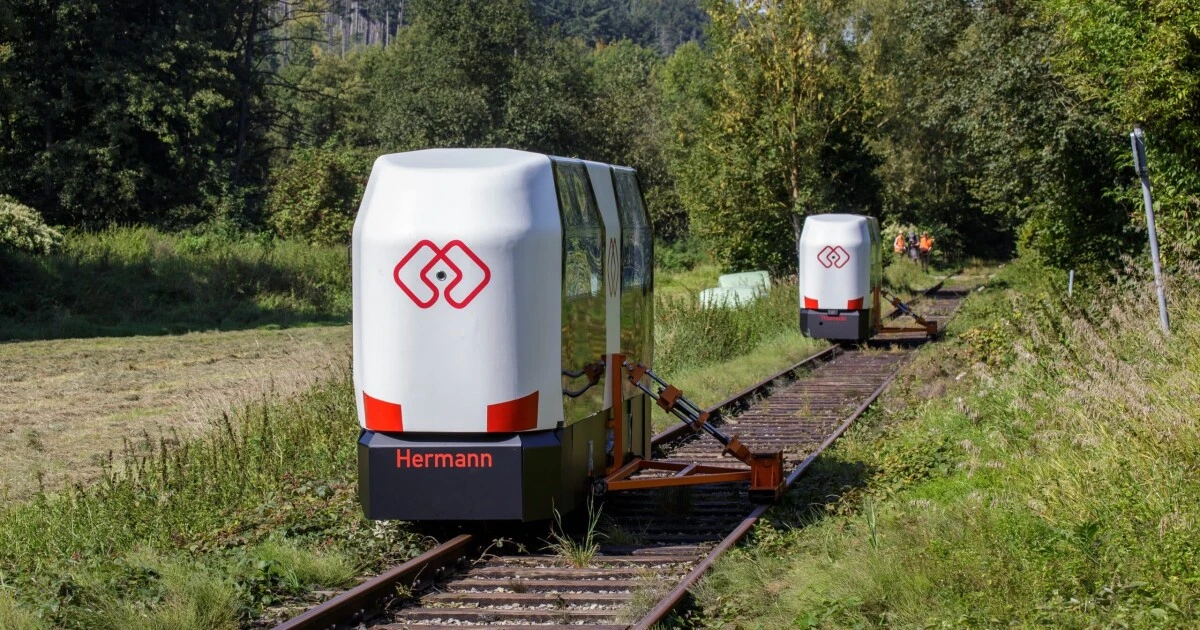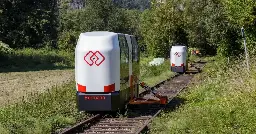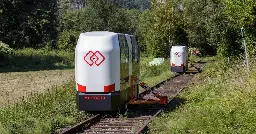Self-balancing commuter pods ride old railway lines on demand
Self-balancing commuter pods ride old railway lines on demand

newatlas.com
Self-balancing commuter pods ride old railway lines on demand

Looks like they could totally fit a bike rack on these things too!

